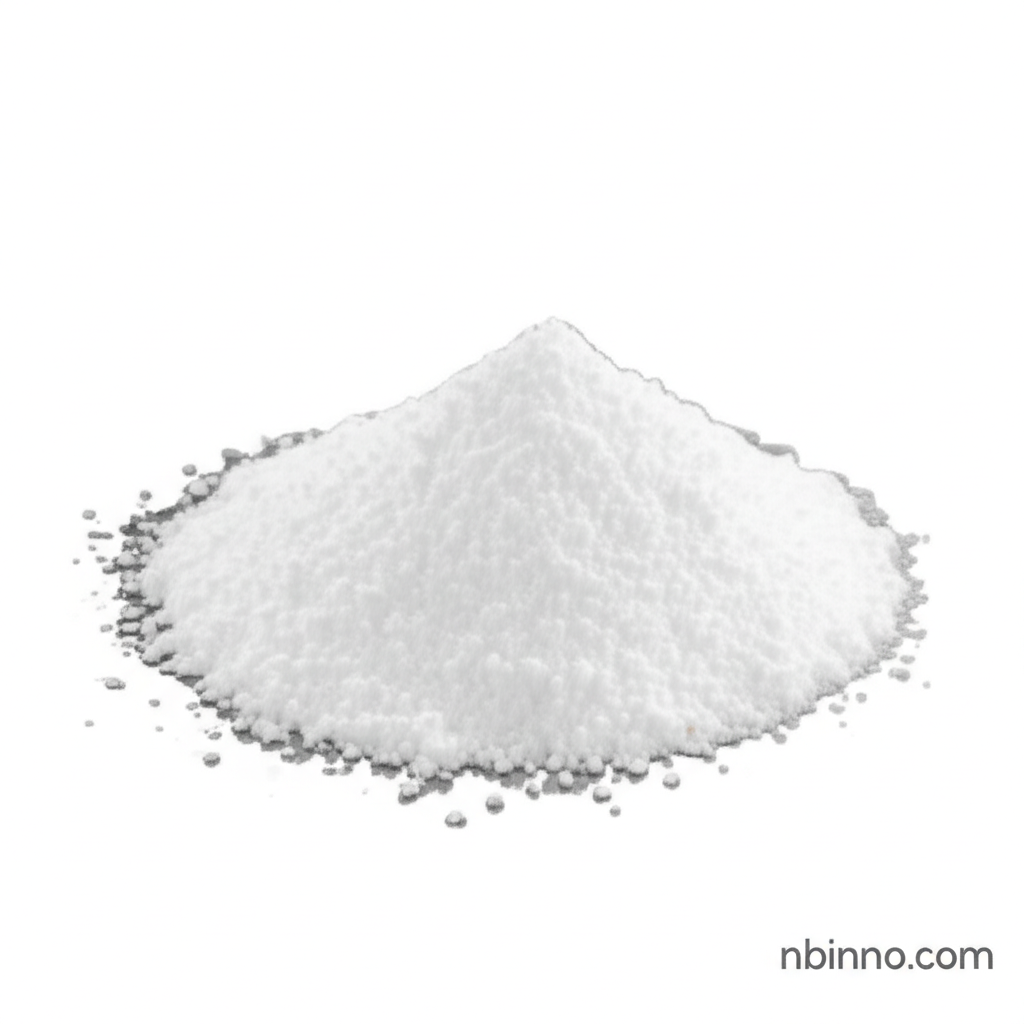Discover the Potential of 4-(1,2,2-Triphenylvinyl)benzaldehyde
A key building block for advanced AIE materials and optoelectronics.
Get a Quote & SampleProduct Core Value

4-(1,2,2-Triphenylvinyl)benzaldehyde
This synthetic aromatic aldehyde, known as TPVBA, features a tetraphenylethylene core coupled with an aldehyde group. Its standout characteristic is aggregation-induced emission (AIE), making it a valuable component in creating novel luminescent materials. Its versatile reactivity allows for its use as a chemical building block for organic synthesis and the development of advanced materials.
- Explore the synthesis of aggregation-induced emission materials using TPVBA as a key component.
- Utilize TPVBA as a building block for organic synthesis to create complex molecular structures.
- Leverage its fluorescent properties for applications in biological imaging.
- Develop advanced optoelectronic materials, including those for OLEDs, with TPVBA.
Key Advantages
AIE Properties for Enhanced Luminescence
The compound's aggregation-induced emission (AIE) properties ensure strong luminescence in aggregated states, crucial for sensitive detection and display applications, facilitating efficient AIE luminescent materials development.
Versatile Chemical Reactivity
With a reactive aldehyde group, TPVBA serves as an excellent chemical building block for organic synthesis and the creation of covalent organic frameworks (COFs), enabling diverse material designs.
Applications in Advanced Technologies
TPVBA is instrumental in developing cutting-edge technologies, including advanced OLED materials, highly sensitive optical sensors, and fluorescent probes for biological imaging.
Key Applications
OLED Materials Development
TPVBA is a crucial intermediate for synthesizing high-performance materials used in Organic Light-Emitting Diodes (OLEDs), contributing to brighter and more efficient displays.
Fluorescent Probes and Sensors
Its unique AIE characteristics make it ideal for creating fluorescent probes for biological imaging and developing sensitive sensors for detecting ions and other analytes.
Covalent Organic Frameworks (COFs)
TPVBA serves as a vital ligand for constructing COFs, advanced porous materials with applications in gas storage, catalysis, and separation technologies.
General Organic Synthesis
As a versatile chemical building block, it is utilized in the synthesis of a wide array of complex organic molecules for various research and industrial purposes.
